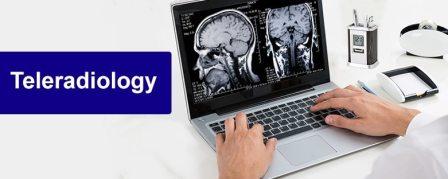
Introduction:
Dental X-ray interpretation is a fine art, where precision is paramount for ensuring patient wellness and optimal oral health. In this article, we delve into the meticulous process of interpreting dental X-rays, shedding light on the skills, knowledge, and expertise required to master this art and deliver the highest standard of care to patients.
- The Diagnostic Canvas:
- Dental X-rays provide a unique canvas, revealing intricate details of a patient’s oral health. Interpreting this canvas requires a deep understanding of dental anatomy and pathology.
- Decoding the Shadows:
- X-ray images are a world of shadows and contrasts. Skilled interpreters are like detectives, decoding these shadows to identify issues such as cavities, bone loss, and abnormal growths.
- Recognizing Normal vs. Abnormal:
- One of the key skills in X-ray interpretation is distinguishing between normal and abnormal findings. This requires a trained eye to spot deviations from the expected.
- Assessing Periodontal Health:
- X-rays are crucial for assessing periodontal health. A skilled interpreter can gauge the extent of gum and bone disease, which is pivotal for effective treatment planning.
- Endodontic Insights:
- In endodontics, X-ray interpretation is essential for identifying the location, shape, and number of root canals. This is instrumental in root canal therapy.
- Surgical Planning:
- Surgical procedures, such as tooth extractions and dental implant placements, heavily rely on precise X-ray interpretation to ensure the best possible outcomes.
- Orthodontic Assessment:
- Orthodontists depend on X-ray interpretation for assessing tooth alignment, jaw structure, and the presence of extra teeth, critical for orthodontic treatment planning.
- Delicate Balance:
- Balancing the need for diagnostic precision with patient safety is a fine line. Expert interpreters adhere to the ALARA principle (As Low As Reasonably Achievable) to limit radiation exposure.
- Patient Education:
- The art of interpretation extends to patient education. Skilled interpreters use X-rays to explain complex conditions to patients, helping them make informed decisions about their care.
- Continuous Learning:
- X-ray interpretation is not static; it’s a continuous journey of learning and staying updated with the latest advancements in technology and diagnostic techniques.
Conclusion:
Dental X-ray interpretation is an art that goes beyond recognizing shapes on a film. It requires an in-depth understanding of dental anatomy, pathology, and an acute eye for detail. Mastery of this art is crucial for precision, which in turn is pivotal for patient wellness. With a commitment to continuous learning and a dedication to patient care, skilled X-ray interpreters contribute significantly to the art and science of dentistry, ensuring that each patient’s oral health is in the best possible hands.
Service Areas:- Panipat – Israna, Samalkha; Rohtak – Kalanaur, Lakhan Majra St, Maham, Rohtak, Sampla; Sonipat – Gohana, Ganaur, Kharkhoda.
